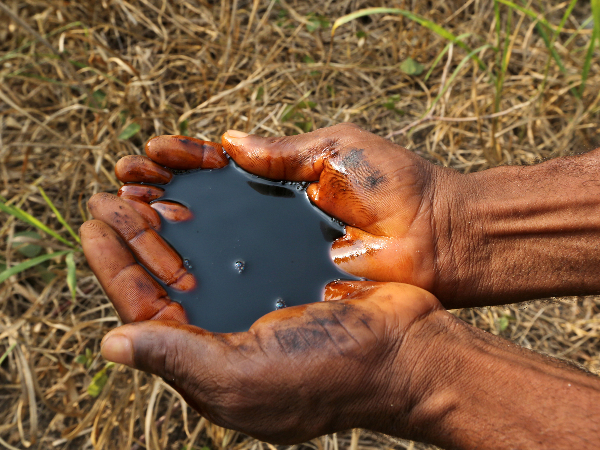OPEC+ Cuts Supply Boosts Oil Prices

Kyle Rodda wrote an article for Ausbiz. The article is about the stock market. The stock market had a good week. Some people think that it was because of the US election results. The election results mean that there will be a split government. The split government means that there will be less change. Investors like less change. Investors also like stability. The stock market is stable when there is less change. The stock market will continue to be stable if there is less change. The US dollar is also doing well. The US dollar is strong because investors like stability. This is good news for the US economy. Overall, things are looking good for the stock market and the US economy.
Over the weekend, OPEC+ decided to decrease oil production to help keep prices stable.
This week's Macro Intelligence talks about OPEC+. OPEC+ cut down production, we'll tell you why. Market and global economy could be affected, we'll explain. We'll also show you charts of three energy-sensitive assets.
The letters OPEC symbolize the Organization of Petroleum Exporting Countries. Its members are powerful oil-producing nations that work together to regulate production and set oil prices.
In 1960, a group called OPEC was created for countries that export resources to have more control over them. OPEC has 13 members and their headquarters is in Vienna. They are in North Africa, the Middle East, and South America. These countries make a lot of oil, 40% of it, and have 80% of the world's oil reserves.
Saudi Arabia produces the most and has the least cost. It's the most important member. Other big producers are Iran and the UAE.
Lately, people are calling OPEC "OPEC+" because they added other countries in decisions about oil production. One of those countries is Russia, which is the third-largest producer of oil.
The OPEC+ has been successful in stabilizing energy markets, despite occasional price wars. The US, as the largest energy producer, has seen its influence curbed. In April 2020, futures prices dropped below $0 per barrel.
What Led OPEC+ To Reduce Production?
OPEC+ decided to cut oil production by 1 million barrels per day. The previous cuts made back in May will continue until 2024. It was a result of tough negotiations.
The decision was made because energy demand is falling and oil prices are going down. The global economy is slowing down and manufacturing activity in the US and Europe is getting worse. China's economy reopening in 2023 is not enough to fix this problem.
Oil prices are weak. This is strange because production levels have been moderate and global supply is lower. In 2023, output consistently decreased. In 2022, supplies peaked but only made it to pre-pandemic levels and have stayed the same since.
OPEC+ and the Saudis are trying to create a tight market to keep prices from dropping. Their actions show this.
Effects Of Production Cuts On Markets?
People first bought oil when they thought there would be less of it. But, this didn't last long. Oil went up by 4% in Asia, but then only went up a little bit more.
After the US economic data was not as strong as predicted, the price of Brent went back to its original level before rumors about OPEC+ came up. The market is saying that even though OPEC+ seems strict, cutting production won't be enough to keep prices high. Everyone is worried about the demand for oil going down.
Economists would be happy about the slight change in prices. High energy prices cause inflation, even with central banks increasing rates. Lower prices could mean that higher rates are affecting the economy.
Keep An Eye On Three Markets
The prices of Brent Crude are not changing much. The important numbers to watch are $70.00 and $87.00. $70.00 is where prices are likely to stay because OPEC+ won't want them to get too low. The United States might buy more oil at this price too.
The Australian energy index is moving sideways without much momentum. The support level in the short-term is 10,500. The resistance level is at 11,000.
Woodside Energy's shares are going down. If they drop below $35, it may cause more selling and push them towards $36.70. However, support at around $32 may stop this from happening. People are buying a lot at $30.





















